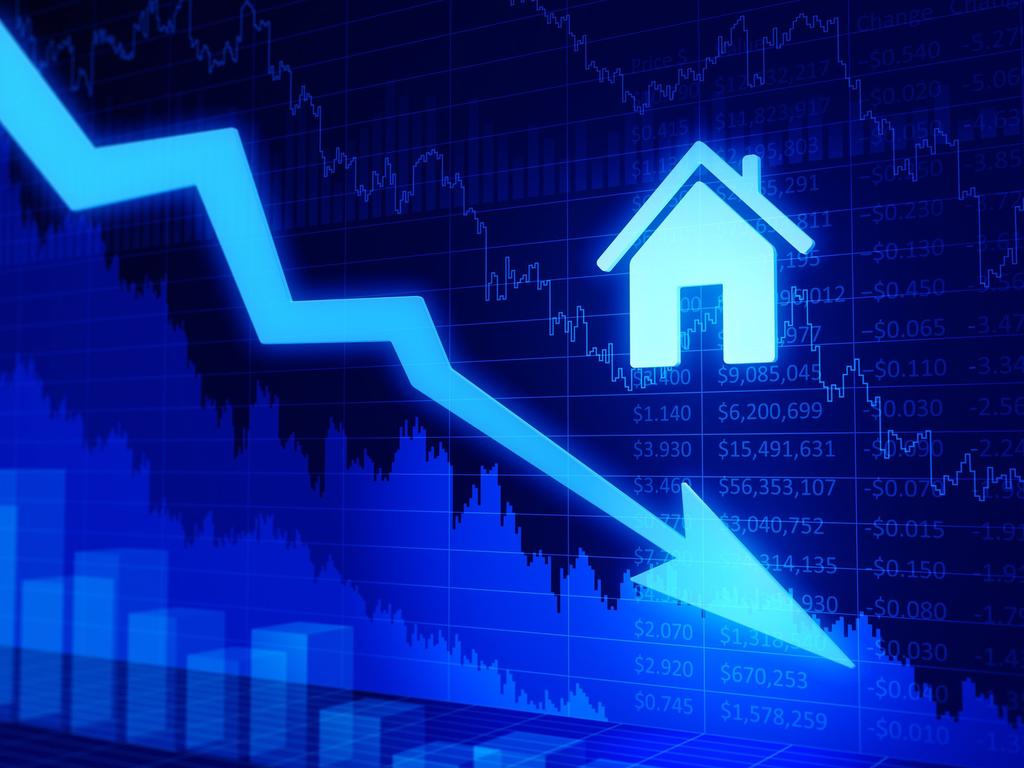A checklist for SMSF trustees at tax time
Here is your June 30 end of financial year to-do list as the tax year like no other comes to a close.

It comes with the territory of running a self-managed super fund, but this financial year there’s definitely a lot more to consider than would normally be the case.
The ongoing investment repercussions from the COVID-19 pandemic, and various financial measures announced by the Morrison government in the past three months, present trustees with some potentially difficult choices.
Let’s go through these points in more detail. It’s also worth considering that, in light of the current events, obtaining some professional financial advice around your investment strategies and estate planning needs may be worthwhile.
The sharp swings in asset prices over recent months, particularly on equity markets but also in sectors such as fixed interest and property, will have changed most SMSF portfolio weightings across different asset classes.
Some portfolio adjustments may be required to ensure your SMSF holdings are aligned with the fund’s documented investment strategy lodged with the Australian Taxation Office.
While the regulator will tolerate some deviation from a strategy, it is keeping a close eye on SMSF asset holdings under new guidelines requiring trustees to explain how their asset allocations align with their retirement goals.
Although not mandatory, a first step in the process is to obtain current valuations on your SMSF’s assets, which will be relatively straightforward for listed holdings but less so for unlisted assets such as property, collectables and shares in private ventures and companies.
Rebalancing a portfolio back to its intended weightings across different asset classes can be a very complex process when illiquid assets are involved, and there can be capital gains tax consequences if assets need to be sold.
Tax strategies can include using capital losses to offset gains, but it is also worth consulting an accounting practitioner before proceeding.
Super access changes
Many SMSF trustees in accumulation phase make additional contributions into their fund for the financial year in the weeks just before June 30. In this regard, there are no changes to limits this financial year. The annual concessional (pre-tax) contributions limit, including employer contributions, remains at $25,000.
However, trustees in a position to do so, and with less than $500,000 in super, can for the first time also make a catch-up concessional contribution before June 30 if you were unable to use up your full concessional contributions limit in 2018-19.
For example, if your concessional contribution fell $10,000 short of the $25,000 limit in the 2018-19 financial year, you can contribute up to $35,000 this financial year. Starting from this financial year, unused contributions can be carried forward and made on a rolling basis for up to five financial years.
The annual non-concessional (tax paid) contributions limit remains at $100,000. Using the three-year pull forward rule, however, an individual can contribute $100,000 before June 30 and an additional $300,000 in the 2020-21 financial year.
The biggest change this year was the extraordinary decision to allow early super access: announced in March, it allows individuals not yet retired and able to demonstrate financial hardship under strict conditions to withdraw up to $10,000 before June 30.
Applications to participate in this program must be lodged through the myGov website and approved by the ATO before June 30.
SMSF trustees wishing to withdraw funds need to review the conditions of their trust deed to ensure this is allowed, and any withdrawal from the fund needs to be fully documented. The record of the withdrawal should include the eligibility criteria applicable for the early release of funds.
A further $10,000 withdrawal option, under the same conditions of release, has been sanctioned by the government for the period between July 1 and September 24.
Trustees must take into account the liquidity position of the fund, ensuring there is sufficient cash in place to meet the needs of all members, and to cover fund expenses. It’s also important to be mindful of the overall financial impact on future returns from withdrawing retirement funds.
Withdrawal changes
The impact of COVID-19 on investment values, account balances and returns is likely to linger for some time to come, which is behind another measure announced by the federal government to provide support to retirees.
The government has also halved the minimum tax-free annual withdrawal payments that retirees must make, depending on their age, from their pensions and annuities. The 50 per cent reduction in the withdrawal rate applies to both 2019-20 and 2020-21.
The key factor for trustees is to ensure that, for all fund members in pension phase, the minimum required annual pension rates by age are withdrawn and paid before June 30.
If pension payments have been withdrawn through the financial year and a fund member has already exceeded the temporarily adjusted minimum withdrawal rate, no further payments are required.
Excess pension payments made this financial year can only be recontributed if a member is eligible to make superannuation contributions, subject to other rules or limits such as contributions caps.
The weeks leading up to June 30 are hectic in every financial year, although 2020 will be exceptionally busy for a whole range of reasons.
For SMSF trustees, the complications of running a super fund and ensuring it meets all compliance standards adds an extra layer of complexity.
For that reason, it’s vital that all fund trustees are completely across their obligations as well as the specific measures that have been opened up to fund members through the COVID-19 crisis and more generally.
Making a checklist of tasks to undertake and complete before June 30, potentially including seeking external professional advice, is a good way of covering all the bases.
Tony Kaye is senior personal finance writer with Vanguard Investments Australia.






With just over three weeks to the end of the 2019-20 financial year, there’s not much time left for SMSF trustees to make some key decisions.